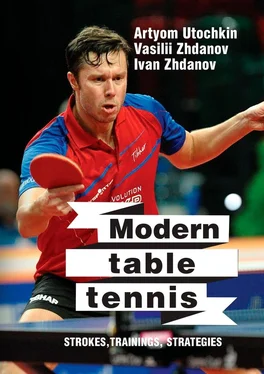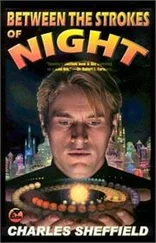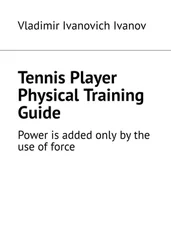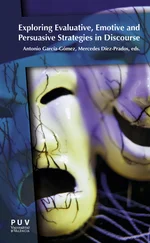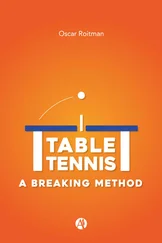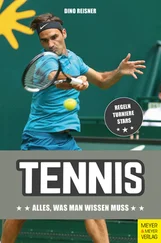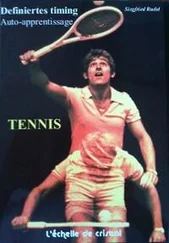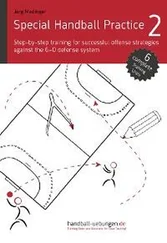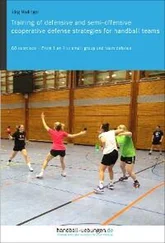Further, the level of services grew, more and more tennis players began to use service with the spin. Serve was no longer just the introduction of the ball into the game, but a formidable weapon in the hands of good masters.
In the 70’s, the serving complexity began to increase due to the imperfection of table tennis rules. At that time, the height of the ball throwing was not indicated (now it is 16 cm) and many tennis players began to serve “from hand”.
If you play table tennis for at least a year or two, you perfectly understand how difficult the service can be if you do not throw the ball, but throw it right away on the racket. Hand service can be compared with a goal from offside, when the rules do not prohibit it the chaos begins in the game.
A number of top-level tennis players went even further. They did not just serve the ball from the hand, but they also added an extra spin due to the fingers of the hand that threw the ball. As a result, the atomic mixture was obtained, and it was very difficult to cope with the service.
The peak of such service development was reached by the end of the 70’s, after which the International Table Tennis Federation (ITTF) changed the rules, adjusting the service rules.
Now it was necessary to throw the ball no less than 16 cm high and perform at an angle of at least 45 degrees – it is compliance with this angle does not allow to throw the ball immediately on the racket, giving it an additional impulse in the form of acceleration or spin. Also, it was set up in the rules that since now athletes can throw the ball only with an open palm. If the ball is thrown by the fingers, then a point was taken from the player.
The introduction of these rules ended the era of services, the complexity of which was created due to the lack of clear rules. And although the transition was gradual, still many continued to serve, not strongly adhering to the rules, and a number of umpires weren’t too strict and closed their eyes to those moments: with the change of generations, these serves have gone down in history.
Since the mid 80’s, services began to develop in a different direction. They became more difficult, but now the athletes were looking for complexity in other aspects.
At present, the main three components of a service are: the ball processing technique, which has been constantly improved, the position in front of the tableand the ability to cover the moment of touching the ball and racketwith the left hand and core.
Now the athletes began to use the forehand service more often. At the same time, they approached the table with their left side to hide the moment of touching the ball and racket.
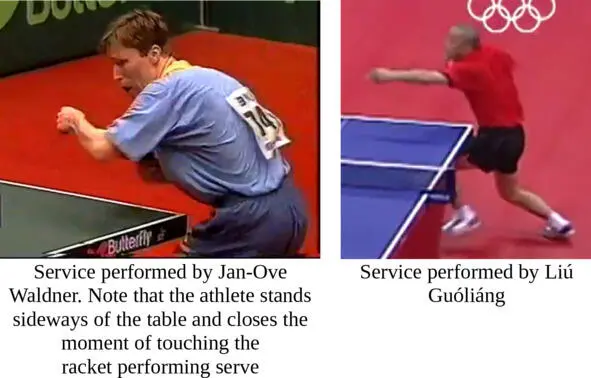
The peak of complexity development of services performed in this way was reached in the mid-90’s. Outstanding masters of that time were Jan-Ove Waldner and today’s coach of the China men’s national team Liu Guoliang.
Those who play table tennis for a long time, remember that at that time the set was played up to 21 points and with 5 services.
In those years service complexity reached such a level that a series of five services became an analogy to the home serve game in tennis. If one lost his series of serves
2:3, and then the opponent converted his series 4:1 then you already lose 7:3. Another unsuccessful series of home serves and chances to win the set are miserable.
The services were so complex that in a series of 5 services there could be 2 errors immediately on return and 2 more passive returns that allowed the server to win the next point in the same manner.
The International Table Tennis Federation believes that complex services to some extent limit the possibility of a long rally and this affects the spectacularity of the sport.
Beginning from the late 90’s, the topic of a new round of changes in the service rules was actively discussed. As a result, in 2002, the new rules forbade hiding from the opponent the moment of touching the ball and racketwith a hand or body.
As a result, at the beginning complexity of the services fell dramatically, but it lasted a year; and then with the full connivance of the umpires, the athletes began to cover the ball with the core, hiding the moment of touch of racket and ball.
Thus, the International Federation did not succeed, in weakening the influence of the service on the rally. Serves at a high level remained very complex.
And at the moment when these lines are being written, a new storm of discussion has begun in the world concerning the weakening the influence of the serve on the rally. One of the options that is now actively discussed is the complete transition to the backhand serve. If this happens, then it will be a very dramatic change.
Principles of organizing and training athletes in China – the world leader in table tennis
Currently, Chinese athletes show excellent results and are the vivid leaders in this sport. It is the Chinese athletes who are now setting the main directions for the development of table tennis. Table tennis is one of the mass and successful sports in China that has maintained world leadership for more than 50 years.
What are the reasons of the phenomenal success of Chinese athletes at all major tournaments? Having answered this question, one can understand modern trends of table tennis development.
Support of table tennis by state leaders.Several generations of political leaders of China have supported table tennis as a national sport. So, Deng Xiaoping constantly kept tab on the success of the adult national team, as well as paying attention at the youth. In 1990 Jiang Zemin even sang a hymn to table tennis and not only regularly attending competitions, but also team trainings. In 1995, he participated in the opening ceremony of the World Cup in China, to meet the leaders of the Committee of International Table Tennis Federation.
The national development strategy. “Training at home and competing with foreigners” is the main strategy of table tennis development in China. The regional teams support the national team, and national table tennis team oversees the sports schools, student and school teams. The national strategy of the table tennis development respect and support between the upper and lower layers of the sports institutions is mutual.
The scientific approach in training.Coaches use mathematical models in the training process, which simulates main rivals way of playing. In addition, a detailed video analysis, simulation analysis and knowledge about the opponent are implemented. All this adds confidence to athletes in a future game. Through the simulation, they are completely prepared psychologically, not only technically.
Creating competition inside the team.Two national teams are formed in China: the first and the second. On the one hand, of the first team players feel pressure, on the other hand, it motivates second team players to get into the first team. Thus, levels of both teams are growing through mutual competition.
Closed trainings before major tournaments.Wide training camps and closed training process before important matches are one of the vital approaches of the Chinese team. The purpose of camps is that athletes would be fully prepared physically, technically, tactically and psychologically.
Training plan.Chinese coaches put emphasis on “what to train?”, “how to train?” and “how much to train?”. The establishment and implementation of the training plan is the basic need for every athlete and coach. Training plan is the basis of the training system. The content of training schedule of a given sportsman is decided by a team of researchers and coaches.
Читать дальше
